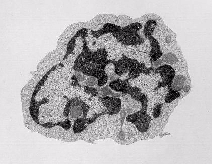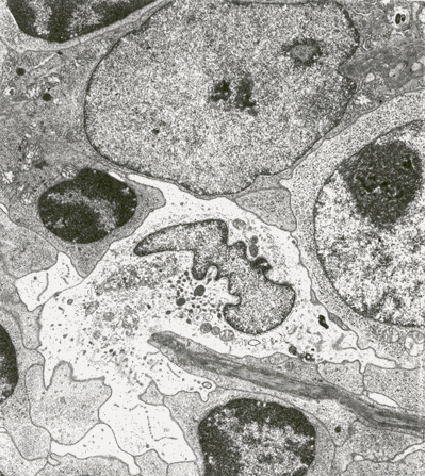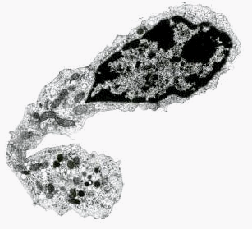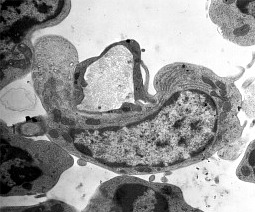|
Steinman, R.M., 1991. The dendritic cell system and its role in immunogenicity. Annu. Rev. Immunol. 9:271-296.
Vremec,D., G.J. Lieschke, A.R. Dunn, L. Robb, D. Metcalf and K. Shortman. 1997. The influence of granulocyte/macrophage colony-stimulating factor on dendritic cell levels in mouse lymphoid organs. Eur. J. Immunol. 7:40-44.
Steinman, R.M. and J. Swanson. 1995. The Endocytic Activity of Dendritic Cells. (Commentary) J. Exp. Med. 182:283-288.
Macpherson, G.G. 1989. Properties of lymph-borne (veiled) dendritic cells in culture. I. Modulation of Phenotype, Survival and Function: Partial Dependence on GM-CSF. Immunol. 68:102-107.
Fossum, S. 1988. Lymph-Borne Dendritic Leukocytes do Not Recirculate, but Enter the Lymph Node Paracortex to Become Interdigitating Cells. Scand. J. Immunol. 27:97-105.
Bell, E.B. and J. Botham. 1982. Antigen transport I. Demonstration and Characterization of Cells Laden With Antigen In Thoracic Duct Lymph and Blood. Immunol. 47:477-487.
Peters, J.H., R. Gieseler, B. Thiele, and F. Steinbach. 1996. Dendritic Cells: from ontogenetic orphans to myelomonocytic descendants. Immunol. Today 17:273-277.
|
|









